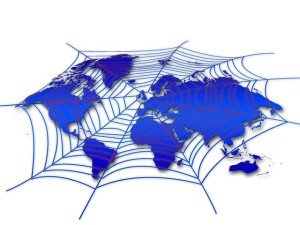Mark Zuckerberg and Google’s Founders’ Larry Page and Sergey Brin are committed to bringing the internet and web technology around the world. Roughly 65% of the world population has no access to the Internet. For tech companies whose valuations and bottom lines depend largely or entirely on active users, this represents a huge opportunity.
Between Google and Facebook there are a number of new technologies to bring low cost internet to the global masses. Google’s Project Loon has created high altitude balloons that beam internet to cities below. Facebook has been working on drones to achieve the same end. Internet beaming coupled with inexpensive phones from China’s Xiaomi make this an option for many.
But many of the impoverished communities that now have access to this technology are confused by it or unable to use it. Using a smartphone or tablet or in some cases a computer is entirely alien to them and now 20 years of technology improvements are being given to them.
It’s not to say that efforts are entirely ineffective, but adoption is slow. Western countries have had decades to get to the point we’re at now, and though it may seem weird for even the oldest of us to think of a time before the internet, it didn’t happen overnight. A combination of unfamiliarity, a distinct lack of network effects, and no relevenat content keep even those that could technically use the internet from logging on.
Signs are showing that internet adoption is slowing, and though it might be inevitable it might take a longer time than executives and investors have estimated. It turns out the biggest thing keeping people in these communities from getting on the internet is not cost like many of these people thought. This might explain why growth decreased from roughly 15% from 2005 – 2008 to roughly 10% from 2009 – 2013.
